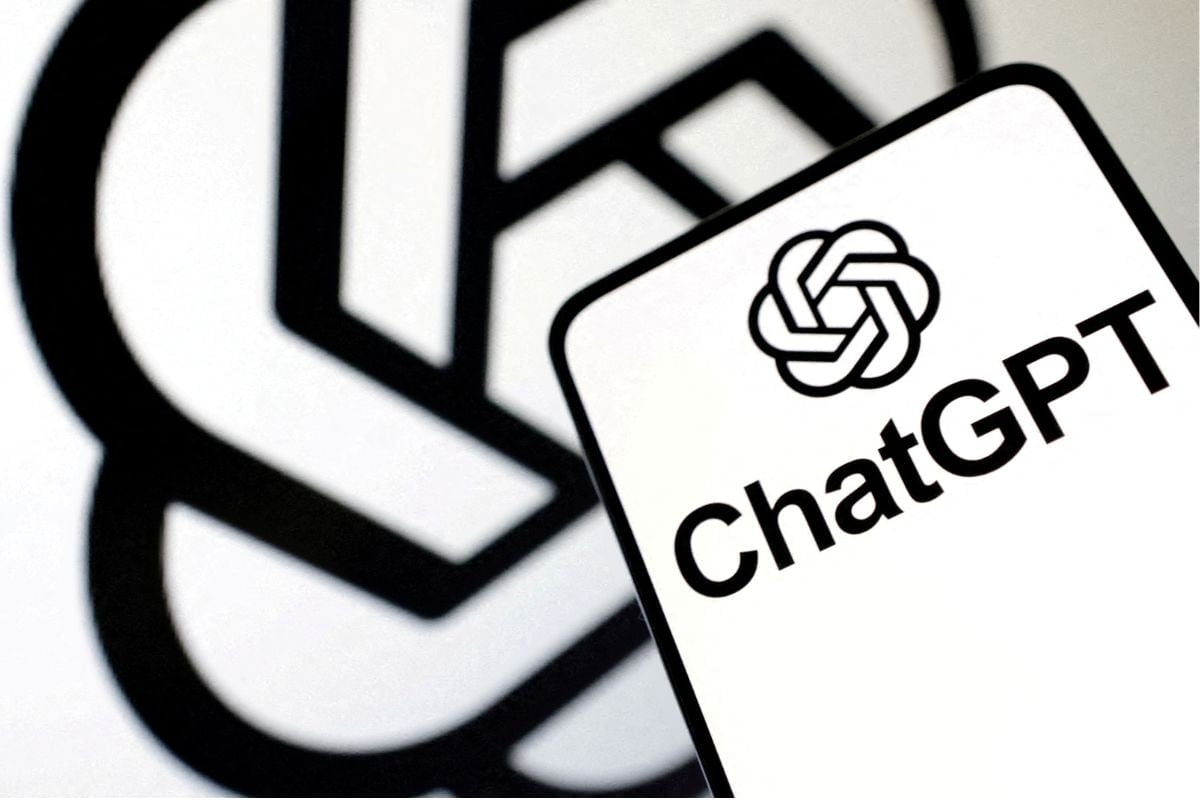OpenAI released the new o1 series artificial intelligence (AI) models on Thursday. The AI firm is calling these reasoning models for their advanced capabilities in solving mathematical and complex reasoning-based problems. There are two models — o1, which is available in preview, and the o1-mini. The company said these AI models were trained to spend time thinking before they respond, similar to humans. Notably, it is believed that this is the same AI model which was reported to be Strawberry.
OpenAI o1 Series AI Models Released
In a blog post, the AI firm introduced new AI models with advanced reasoning capabilities. These models differ from standard generative AI because it does not process the entire prompt in one go and instead go through the problem systematically, similar to how humans would. This also allows the AI model to try different strategies and correct any potential mistakes. OpenAI highlights that these models are slower than the GPT-4o model because they take an extra moment to think.
OpenAI o1 translates a corrupted sentence. pic.twitter.com/E37e4SOuq4
— OpenAI (@OpenAI) September 12, 2024
So, what does it mean for an average user? Users will be able to ask complex queries to the AI that often require multi-level reasoning and critical assessment. For instance, a question such as “Look at this series: 12, 11, 13, 12, 14, 13, … What number should come next?” which requires multi-step thinking, can now be accurately solved by the AI.
A man walks into a library and asks the librarian for a book. The librarian points to a specific shelf. The man thanks her and leaves without taking a book. Why?
OpenAI claimed that the o1-preview model performs at a similar level to PhD students when responding to queries in the topics of physics, chemistry, and biology. The model also shows similar output in solving mathematical problems. “In a qualifying exam for the International Mathematics Olympiad (IMO), GPT-4o correctly solved only 13 percent of problems, while the reasoning model scored 83 percent,” the post added.
Sam Altman, the CEO of OpenAI, highlighted in an X (formerly known as Twitter) post that the o1 models were able to score 78.3 on the PhD-level science benchmark GPQA Diamond. However, he added that the large language model (LLM) is still flawed as it is the nascent version of the model. OpenAI does plan to roll out updates to improve it consistently.
For now, the o1 series AI models will be available to ChatGPT Plus and Team users in preview. However, there is a weekly rate limit of 30 messages for o1 and 50 messages for o1-mini. The company highlighted that these limits might be increased in the future. One of the reasons why the rate limits are being imposed is that the models are more expensive to run compared to the standard transformer-based architecture.
Eligible developers will also get to use the new AI models with a rate limit of 20 requests per minute (RPM). However, developers will not be able to use this for function calling, streaming, support for system messages, and more. Additionally, ChatGPT Enterprise and Edu users will get access to the models next week.
Users on the free-tier of ChatGPT will get access to the o1-mini AI model soon, but it is also expected to arrive with a rate limit lower than GPT-4o.































